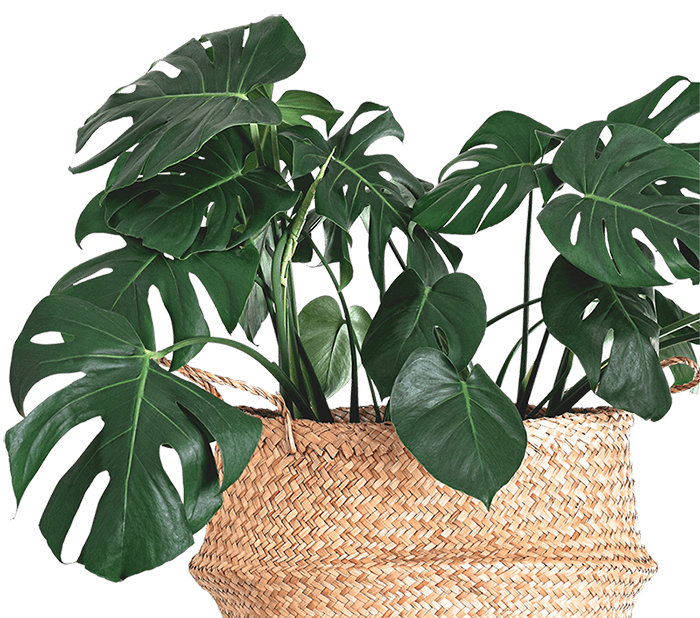
- GIFT CARDS!
- Open Tuesday -Saturday - 10AM to 5PM - Closed Sunday & Monday
- (512) 580-3590
Common Names: None widely recognized, sometimes referred to as “Agave ferdinandi-regis” or “King Ferdinand Agave.”
This regal agave is an absolute stunner! Agave nickelsiae, formerly known as Agave ferdinandi-regis, is considered The King of the Agaves! – An absolutely stunning smaller to medium sized agave. A somewhat slower-growing agave, it maxes out at 2 ft tall and 30+ inches wide, making it an ideal agave for both your landscape as well as a potted plant.
It forms an open rosette of stout triangular blue-green leaves having narrow longitudinal white bud imprints that usually form a triangle shape. The margins of the leaves are dark reddish brown and spineless terminating at the blunt leaf tip in a stout spine of the same color. Plant in full sun in a well-drained soil. Very little irrigation required.
Appearance: Agave nickelsiae is a visually striking succulent featuring a compact rosette of thick, blue-gray leaves. These leaves exhibit prominent ridges and sharp spines along the edges, contributing to the plant’s distinctive architectural appeal.
Cold Tolerance: Hardy to temperatures as low as 10-15°F.
Sun Requirements: Prefers full sun to partial shade and thrives in bright, indirect light. Provide late afternoon shade during intense late summer sun.
Watering Needs: Requires well-draining soil to prevent root rot. Water sparingly, allowing the soil to dry out between waterings. Overwatering can lead to rot, while underwatering may cause dehydration.
Common Problems and Remedies:
– Overwatering: Reduce watering frequency and improve drainage if soil remains consistently moist.
– Pests: Watch for aphids, scale insects, and mealybugs; treat with insecticidal soap or neem oil.
– Sunburn: Provide partial shade during peak sun hours to prevent damage.
– Root Rot: Ensure well-draining soil and avoid excessive watering; remove affected parts and repot if necessary.
– Frost Damage: Protect from frost with frost cloth or bring indoors during cold spells.
Best Care Instructions:
1. Plant in well-draining soil.
2. Position in full sun to partial shade.
3. Water sparingly, allowing soil to dry between waterings.
4. Protect from frost during cold weather.
5. Monitor for pests and treat promptly.
6. Avoid overwatering.
7. Provide occasional fertilizer during the growing season.

